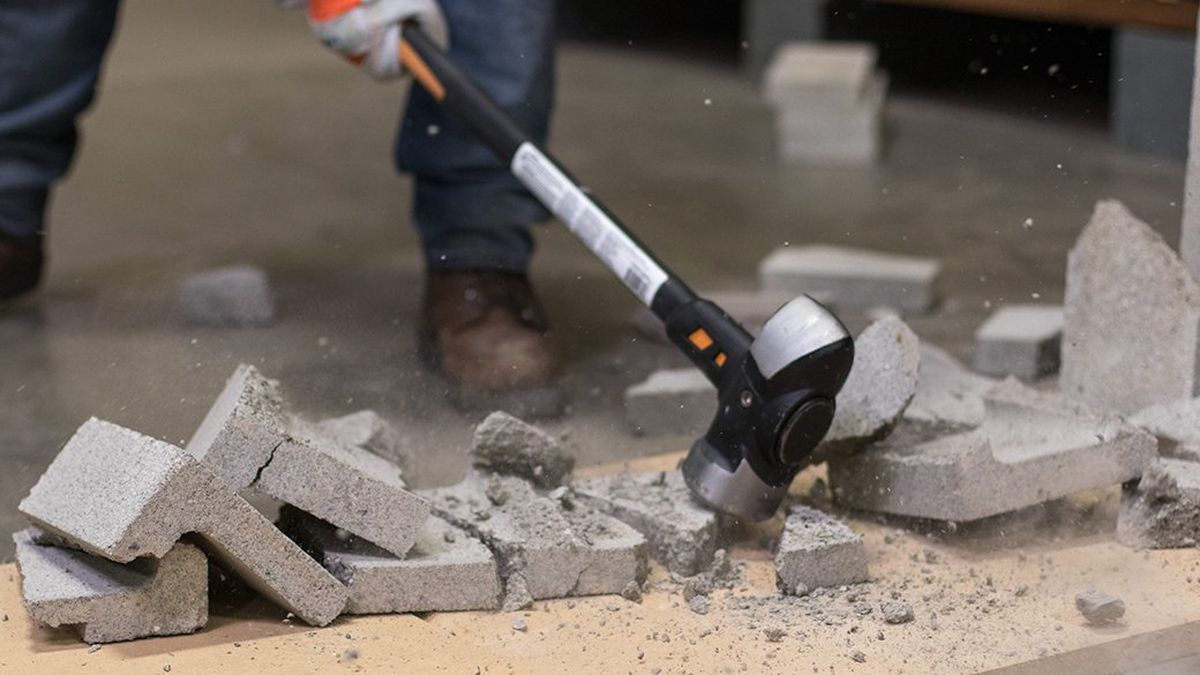How To Speed Up Your Blog Writing
Do you ever wish you could write faster or find yourself lost, halfway through an article?

You sit, mouth open, with your frustrated eyes blankly pointed down at your screen, "Where was I going with this???"
If so, this article is for you.
Note: Part of what I do as a freelance writer is blog writing, so the principles of this series will be based on writing about a topic for someone else.
However, this same guidance can be applied to ANYTHING you want to write about.
This works especially well when you want to answer a question you DON'T know the answer to, but want to learn it and display your unique view for others who may have the same question.
In the circumstance of paid writing, you will likely be provided with topics you possess very little or no prerequisite knowledge of. THAT'S OKAY! Using this guide will help you get through the process more efficiently and keep you on target so you can meet your client's needs.
So, let's get started.
This article is going to focus mostly on the preparation before writing, as it is the most important part when speeding up the process of developing a finished piece. We'll cover the structure of writing in essay format and show you how to support a thesis (main point.)
Of course, we have to support our 'point' because otherwise, the piece would lack value completely. It would be the same as if I stopped writing right her......

You get me?
Fortunately, I'm going to continue in support of my thesis so you can get some value out of this post.
In case you have forgotten amidst my long introduction, let's answer the question: "What is my thesis?"
"I'm going to help you speed up your writing and improve your focus."
That is my thesis statement, and I'm sticking to it.
Now onto the first part, if you're still with me. ;P
Part 1: Speed Up Your Blog Writing (The Topic)

Whether you are writing for your own blog or writing for someone else, you will certainly have some sort of subject matter to start with. This could be in the form of a question that needs to be answered - or a statement that needs to be proven or explained.
For the purpose of this article, we'll use an example topic so you can follow along more easily. The question we will answer is, "Can You Speed Up Your Blog Writing?"
Part 2. Speed Up Your Blog Writing (The Research)

Before you start writing your article, you have to actually ANSWER the question. Sometimes the best way to do this is just search the question or topic with Google.
Find some good articles and read them. Keep the best articles you find in different tabs.
Pay attention to the headings (bolded words) that the other writers focused on. They will help you when you are forming your outline.
Once you have found a few good articles, you'll have all the information you need to write your piece, right at your fingertips.
These articles are called your pillar articles.
Part 3. Speed Up Your Blog Writing (The Outline)

Now, we have to answer the question and support our answer. There is a great simple format for doing this. It's called an essay format, and it looks like this:
-Title: (Example: Can I Speed Up My Blog Writing?)
- -Introduction of topic (Example: I was starting a new blog and found myself asking, "can you speed up your blog writing?")
- -Thesis (Example: "Yes! You can speed up your blog writing using these steps!")
-Key Thought 1: (Example: "Organized Preparation Can Make Blog Writing Faster and Easier")
- -Support 1 Key Thought: (Example: "Use Essay Format.")
- -Support 2 Key Thought: (Example: "Research and Outline.")
-Key Thought 2: (Example: "Laying Out Your Headings Can Speed Up Your Writing")
- -Support 1 Key Thought: (Example: "Using Headings Breaks It Up, Keeping You Focused.")
- -Support 2 Key Thought: (Example: "Filling In Short Paragraphs Between Headings Massively Improves Speed.")
-Conclusion (Example:
Using these methods helps you focus and improves speed by breaking up the material and still keeping you focused while writing.
The above is just an example of how I might write a blog article about the topic.
You can fill in the examples with a whole new topic and subsequently all of the other portions of the outline will change to support that thesis.
The most important thing to remember about your outline is that ALL of the key thoughts must support the thesis, and all of the supports must support their key thoughts.
By using this, you can design your own piece without drifting off onto the wrong topic.
Part 4. Speed Up Your Blog Writing (Break It Up With Headings)

Open up your blog, Hive account, Google Doc, or whatever you are writing with, and place the different parts of your outlines as headings on your page.
Note: Your introduction text and your thesis statement will not be headings. They will be between your title and your first key thought in a few paragraphs when you start actually writing.
Below is an example based on the one already provided:
Can You Speed Up Your Blog Writing?
Organized Preparation Can Make Blog Writing Faster And Easier
Use Essay Format
Research And Outline
Laying Out Headings Can Speed Up Your Writing
Using Headings Breaks It Up, Keeping You Focused
Filling In Short Paragraphs Between Headings Massively Improves Speed
Conclusion
Part 5. Speeding Up Your Blog Writing (Write Short Paragraphs)

Now, you are set to write. As long as you read your pillar articles and know your topic, this part should be a breeze.
Introduce your topic in the first paragraph or two, then state your answer or thesis in another paragraph or two. Make sure to briefly introduce the topics you'll cover as part of your thesis statement.
Note: It's best to keep short paragraphs, between 2-4 sentences in length. It is easier on the reader's eyes.
Now, fill in between your headings with some short paragraphs explaining each one. Use connecting paragraphs to introduce each new topic before you hit your next heading.
If we used this exact layout and filled in only 200 words per heading, our article would be around 1,600 words. Not too bad.
The Benefits of Using This Technique
For me, this has been an absolute lifesaver. When you are writing on your own blog and writing for clients at the same time, it can become overwhelming. The faster you write, the better.
Plus, using this greatly increases my ability to stay focused and not to drift from the main topic (thesis) I am writing about.
This WORKS And I Hope This Helps Someone!
I wish I would have taken the time to read an article like this in the beginning, when I first started writing. It would have helped me a lot.
Try it out and tell me how it goes! :)
Cheers!
Congratulations @badseedalchemist! You have completed the following achievement on the Hive blockchain and have been rewarded with new badge(s) :
You can view your badges on your board And compare to others on the Ranking
If you no longer want to receive notifications, reply to this comment with the word
STOPDo not miss the last post from @hivebuzz: